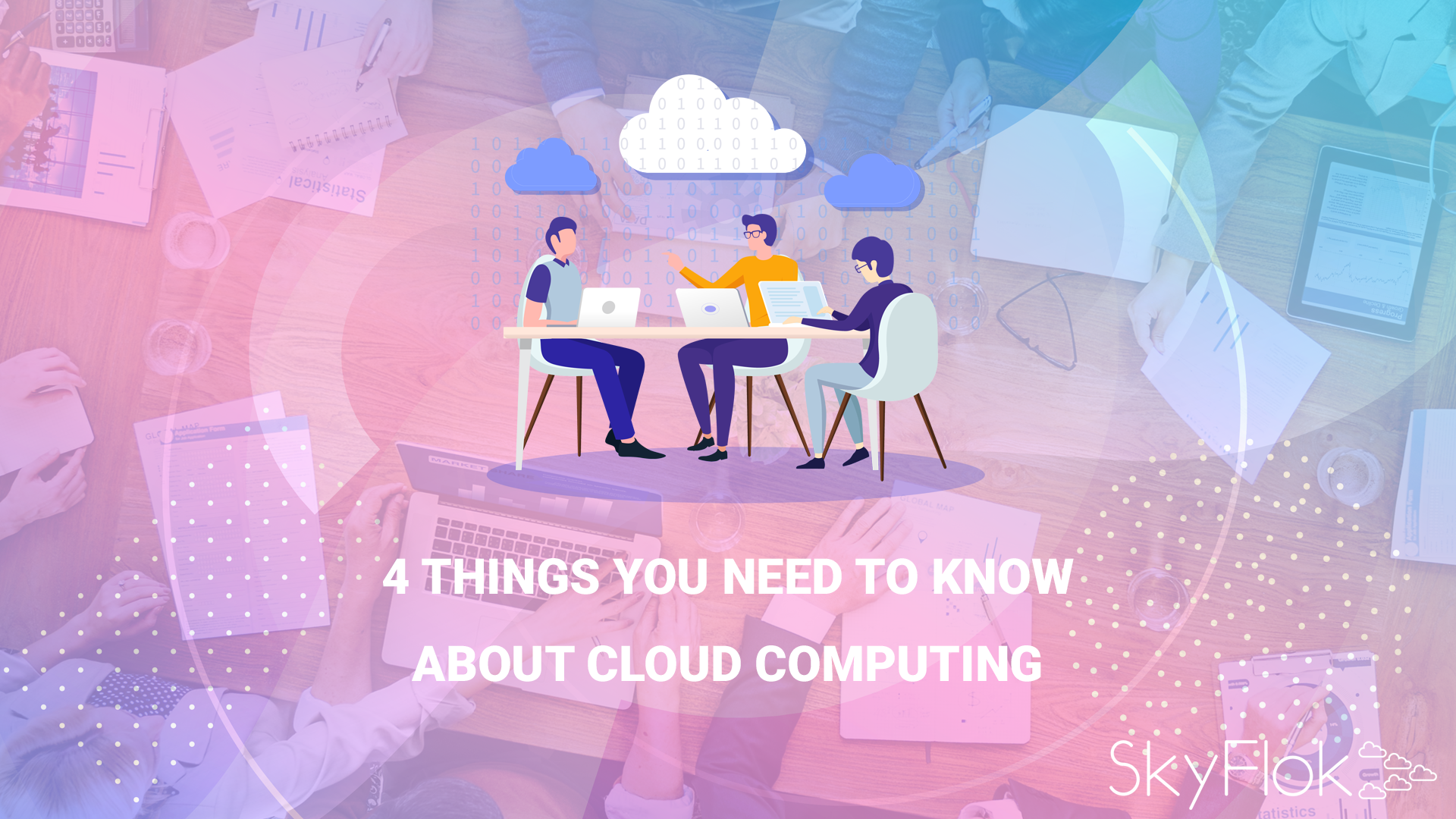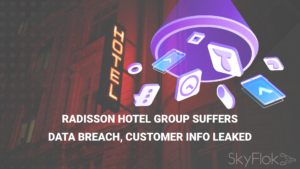Knowing the basics of cloud computing is one thing. Being prepared to integrate cloud computing is something else entirely. Cloud computing is still a relatively new technology and is constantly expanding in terms of what it can do.
Keep up with the latest trends in cloud computing with SkyFlok!
SkyFlok is a cloud storage and sharing service that uses innovative technologies to allow users store and share their files securely. We protect your files at all times and give you instant access to them anytime and anywhere. Join us!
Enterprises that integrate the cloud into their infrastructure need at least some basic knowledge of how it works. Cloud computing is still a relatively new technology and is constantly expanding in terms of what it can do. The cloud is certainly attractive for companies, but how many businesses can say with certainty that they understand the cloud?
Enterprises looking to implement a cloud deployment need to plan a smart, informed strategy before they begin their cloud journey. Below, we’ve outlined 4 cloud computing ideas and concepts that enterprises need to know about.
You only pay for the resources you use
The benefit of cloud computing most often cited by providers is cost efficiency. Specifically, vendors highlight a “pay-as-you-use” pricing model that gives the cloud a cost advantage over traditional, on-premise deployments. Instead of paying a flat rate for a set amount of resources, this pricing model only charges users for the resources and infrastructure that they use.
It should be understood that this pricing model does not guarantee that every cloud deployment will cost less than a strictly on-premise infrastructure. However, in terms overall cost compared to usage, the pay-as-you-use model provides a huge financial benefit to enterprises.
Your data could be stored anywhere in the world
When you store data in a cloud environment, you (typically) aren’t storing the data on servers that your company can’t physically access. Instead, your cloud provider operates the server in a separate, usually remote location. Depending on the vendor’s size, they could be managing servers in several different locations around the world. Your data could be stored on any one of them. It’s important to understand where exactly your data is stored, and your provider should give you this information upfront in their service-level agreement (SLA).
Not every task should be done in the cloud
Part of what defines a successful cloud strategy is knowing what tasks your enterprise should and shouldn’t run in the cloud. The cloud can be used to handle a large number of operations, both business-critical and trivial. That doesn’t necessarily mean, however, that your business should do everything in the cloud that it can. While enterprises may be able to perform an important function in the cloud, it may be too difficult for your enterprise to change their workflow to adopt a cloud solution.
You’re still responsible for securing your cloud environment
Even though another provider sets up your cloud environment, you still have a responsibility to keep your cloud secure. The provider will enact specific security protocols and procedures, but they also expect you to follow best practices for security. Your provider’s SLA should outline exactly what the provider and user is responsible for in regards to security. You should also know every security measure that the cloud vendor implements to keep your environment secure.







